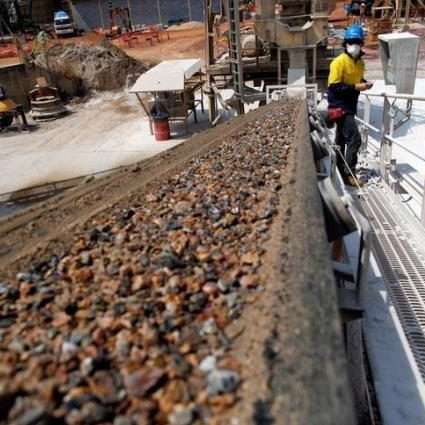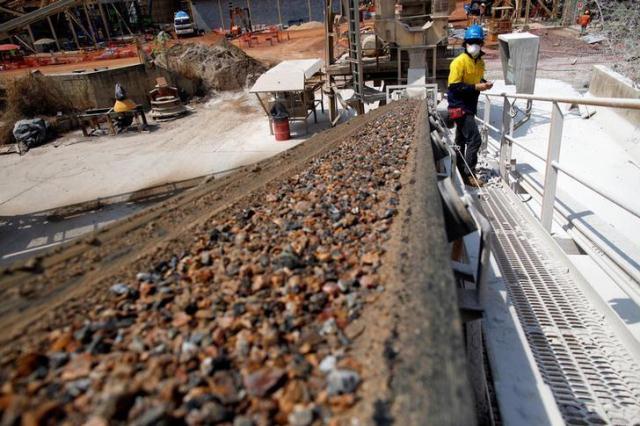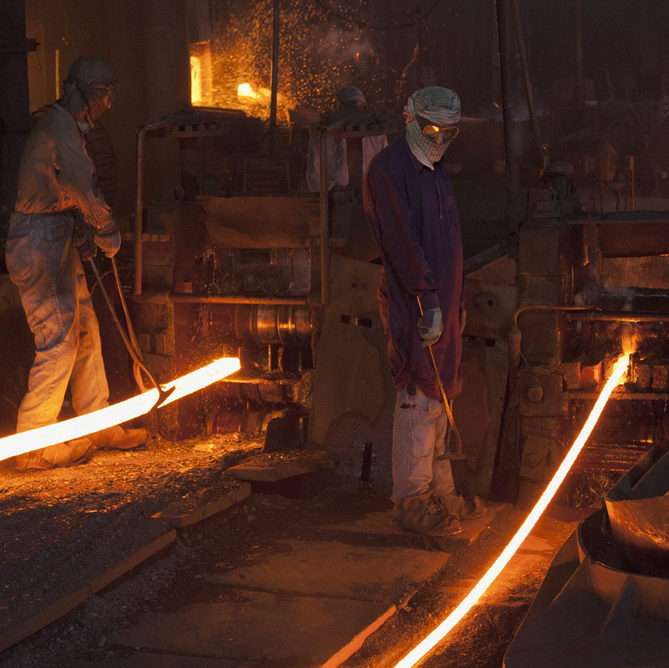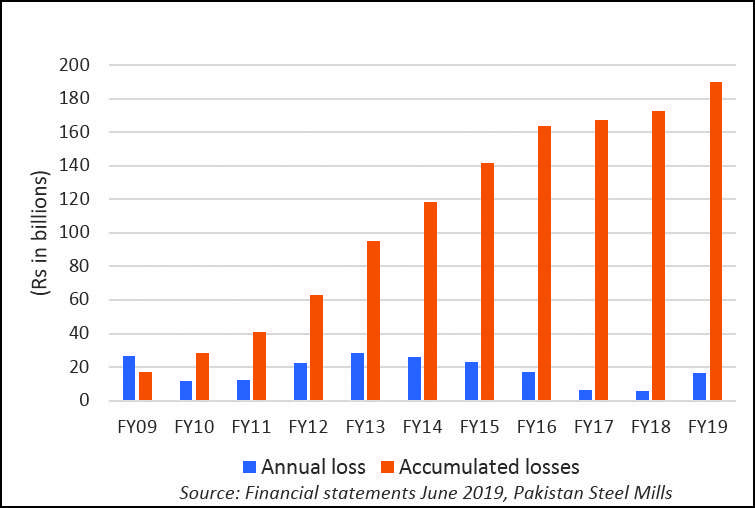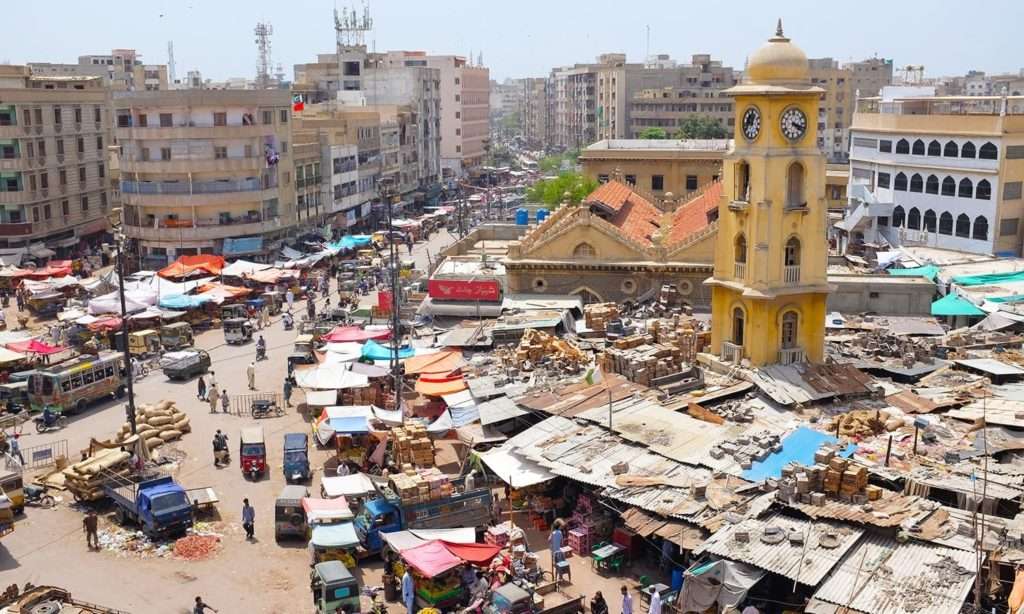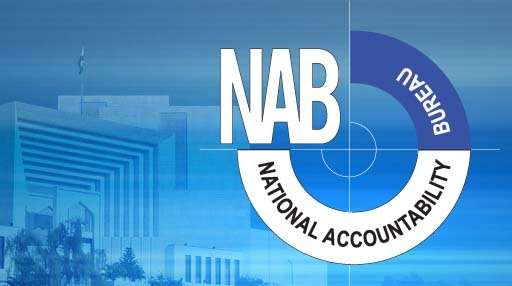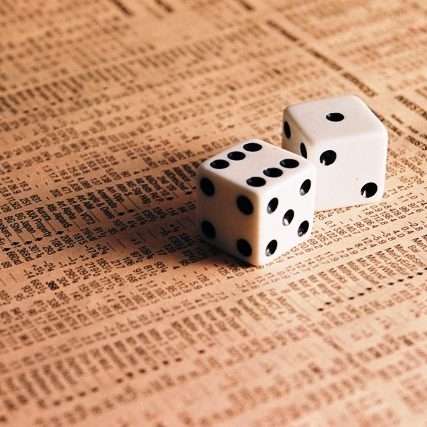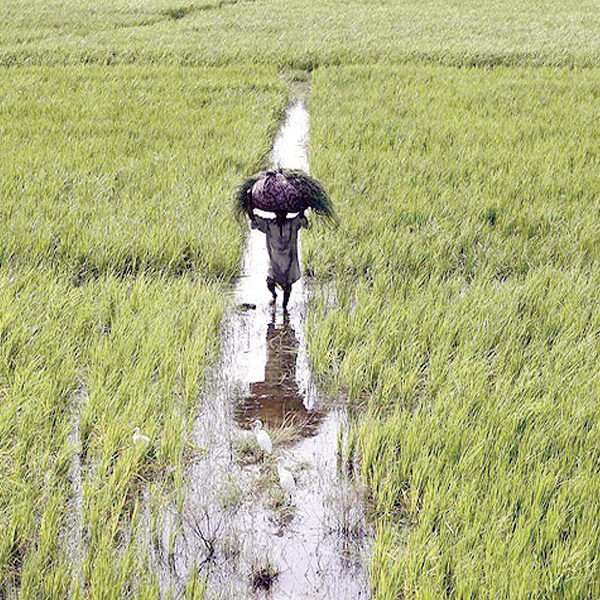The report establishes the rise in prosperity as a result of the improvement in four indicators aggregated to calculate PPI. Purchasing power took a dip in the last two quarters of 2020 but started recuperating modestly in the last month. Large-scale manufacturing had consistently been on the rise since August 2020 but has yet to transcend its level at the beginning of the year 2020.
To read more, click on the report:
[wpdm_package id=’8057′]

